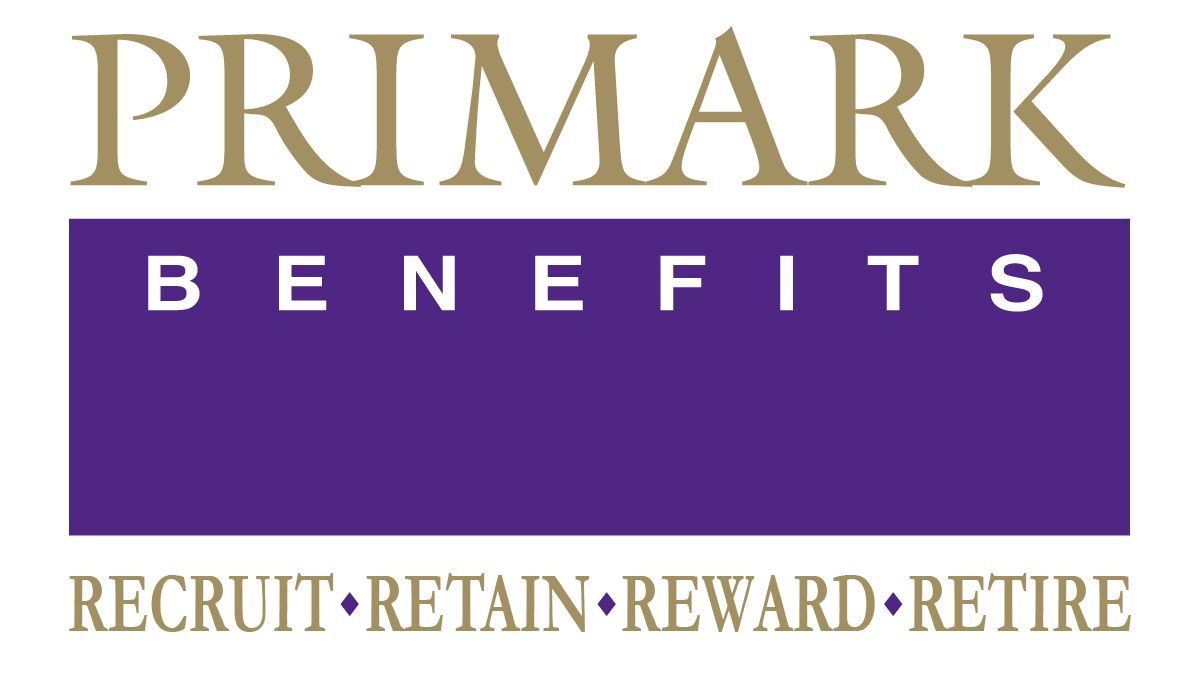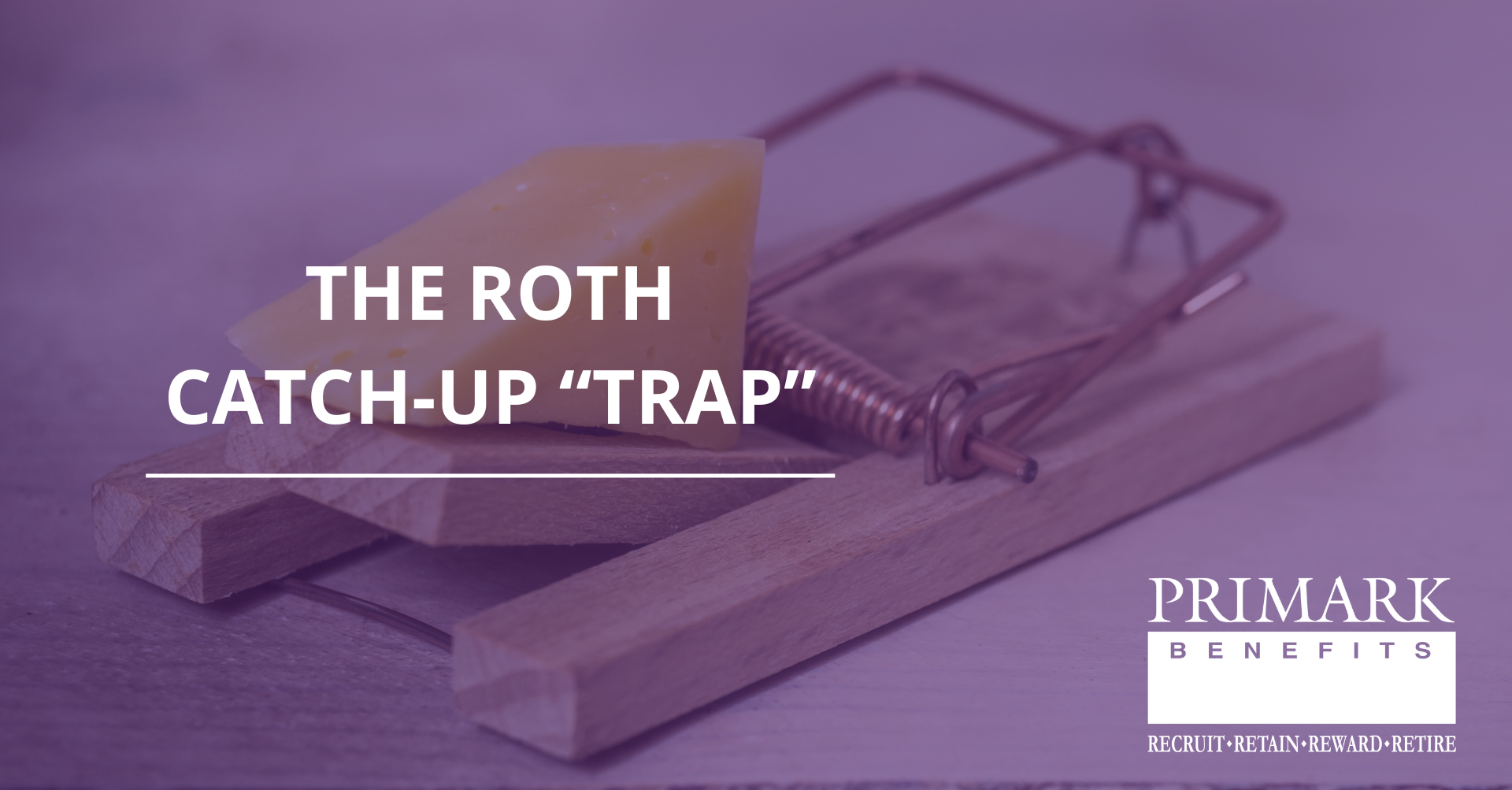How to "Break" a Retirement Plan: Part II
Operational blind spots that often (or can) trip up plan sponsors
Welcome back to our series, How to "Break" a Retirement Plan." In Part I, we explored the structural missteps that often set a plan on the wrong path from day one, such as choosing the wrong type of plan, mishandling contributions, and payroll errors. While getting the foundation right is critical, even the strongest plan can unravel if daily operations aren’t tightly managed. The rules are strict, and mistakes (no matter how seemingly small, or well-intentioned!) can trigger costly corrections or even regulatory scrutiny.

Below are some of the most common operational missteps that can silently “break” a retirement plan from the inside out:
Errors with Auto-Enrollment and / or Auto-Escalation
Automatic features have been proven to be among the most effective tools for helping employees save. However, they also introduce potential points of failure. Forgetting to enroll an eligible employee, applying an incorrect deferral percentage, or failing to escalate contributions on schedule can all set off a chain of compliance issues that must be fixed with corrective contributions.
For example, a company that automatically enrolls new employees into their plan, and applies automatic annual escalation, might run into problems if a data sync issue exists between payroll and the recordkeeper, preventing a new hire’s deferral from being applied for during her first several pay periods.
The mistake could go unnoticed, often until the employee reviews their first quarterly statement. At that point the employer must make a missed deferral contribution (typically 50% of the amount that should have been deferred), plus any missed matching contributions and earnings. If the same issue occurs for several employees, costs can add up quickly.
Because these features are often managed by payroll, recordkeeping, and HR teams simultaneously, even a small communication gap can lead to significant compliance headaches. Regular reconciliations and clear accountability are your best defenses. A missed data feed, outdated eligibility file, or timing mismatch between payroll and the recordkeeper can quickly lead to missed deferrals, incorrect matches, or late deposits, all of which require correction under IRS and DOL rules.
The best safeguard is tight payroll integration. When your payroll system communicates seamlessly with your recordkeeper and third-party administrator, automatic features work as intended—eligibility is tracked accurately, deferrals are processed on time, and escalations happen automatically. Integrated systems dramatically reduce manual touchpoints and the potential for human error.
Mishandling Forfeitures
When an employee leaves a job before their retirement account is fully vested, the unvested portion of their balance becomes what’s known as a forfeiture. These amounts typically arise in plans with employer matching or profit-sharing contributions that vest over time; one example is 20% vesting per year over five years. If an employee terminates employment before reaching full vesting, the unvested funds revert to the plan as a forfeiture, rather than being paid out to the participant.
By law, those forfeitures can’t just sit in limbo. The plan document specifies exactly how and when they must be used; typical examples include reducing future employer contributions, paying allowable plan expenses, or getting reallocated among active participants.
The IRS generally expects forfeitures to be used or allocated no later than the end of the plan year following the year in which they arise. Letting forfeitures accumulate over multiple years, or using them inconsistently with the plan’s stated terms, can lead to an operational failure that requires correction under the IRS’s Employee Plans Compliance Resolution System (EPCRS).
Mishandling forfeitures may seem like a small administrative oversight, but it can flag you for audit and create unnecessary administrative work. A clear forfeiture policy, regular monitoring, and reconciliation during annual plan reviews can keep your plan compliant and avoid costly fixes.
Ignoring the Plan Document
The importance of the plan document is often understated. As the legal backbone of the plan,it dictates eligibility, contributions, distributions, and more. One of the most common operational errors is, surprisingly enough, a simple failure to read and follow it. When actual operations diverge from what’s written - perhaps payroll is applying eligibility rules inconsistently, for example, or HR is approving hardship withdrawals without verifying the criteria described in the document - the plan becomes out of compliance, and corrective filings under the IRS’s Employee Plans Compliance Resolution System (EPCRS) may be necessary. Treat the plan document as your operational GPS. If you don’t follow it, you’ll eventually end up lost.
Missing Long-Term, Part-Time Employees
Recent legislation requires certain long-term, part-time (LTPT) employees to participate in retirement plans. Plans that fail to track and enroll these workers risk noncompliance and potential penalties. The challenge often lies in tracking accurate service and hours data, the information used to determine whether and when an employee becomes eligible to participate, after a certain number of hours worked and / or years served.
Employees who remain part-time over long periods of time may work just enough hours each year to meet eligibility thresholds, but those hours can be spread unevenly across weeks, months, or plan years. Many payroll and HR systems weren’t built to monitor multi-year service histories across fluctuating schedules or apply eligibility rules that depend on both tenure and hours worked.
Sponsors need to work closely with their payroll providers and plan administrators to ensure these employees aren’t slipping through the cracks. Integrating payroll and recordkeeping systems can help capture and track hours accurately, reducing the risk of overlooking LTPT employees. This is one area where “we didn’t know” won’t hold up with regulators.
Hardship Withdrawals Lacking Proper Proof
A hardship withdrawal is a permanent withdrawal of funds from a participant’s retirement account that’s allowed only in cases of an immediate and heavy financial need. While hardship withdrawals can provide important financial relief to participants, they must be handled correctly. The IRS provides a specific list of reasons that qualify, including expenses for medical care, the purchase of a primary residence, tuition and education fees, the prevention of foreclosure or eviction, funeral expenses, and certain casualty losses.
When an employee requests a hardship withdrawal, the sponsor must first obtain - and then retain - documentation proving that the participant’s request meets IRS guidelines.
This is an area where “good faith” isn’t enough, relying on verbal confirmations or incomplete paperwork can put the plan out of compliance and draw IRS scrutiny. Make sure every hardship withdrawal is fully documented and audit-ready.
Losing Track of Former Employees
Plan Sponsors are required to maintain contact with former employees who still have account balances. Losing touch with “missing” participants isn’t just inconvenient, it’s a fiduciary issue. The Department of Labor expects plan sponsors to make diligent efforts to locate them, including using certified mail, email, or database searches. Failing to do so can delay distributions, increase administrative costs, and invite DOL scrutiny. Keep contact information current and use periodic outreach campaigns to minimize the risk of missing participants.
The Bottom Line: Keep Your Finger on the Pulse
While Part I of this article series focused on structural foundations, this installation is meant to emphasize the importance of ongoing operational diligence. Plan operations require constant attention and clear communication between payroll, HR, and the plan’s third-party administrator. Most operational errors can be prevented—or quickly corrected—if identified early.
A well-run retirement plan isn’t just about design—it’s about execution, accountability, and attention to detail. By keeping a close eye on daily operations, performing regular compliance checkups, and partnering with experienced plan professionals, you can ensure your plan stays healthy, compliant, and far from “broken.”




